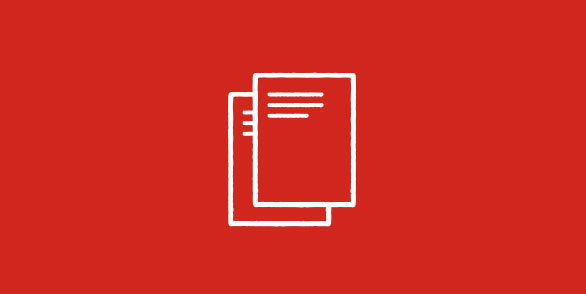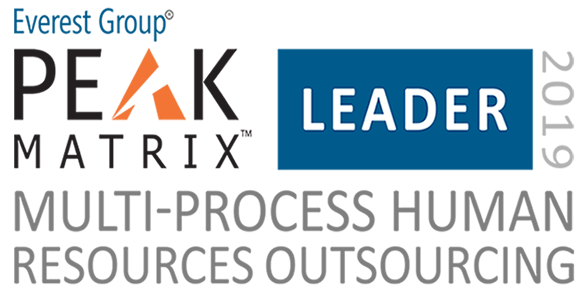
One of the weaknesses of the current human resources approach is that it tends to focus on singular tasks. HR sends an email; did the employee respond? HR posts a job opening; did any applicants apply? HR gives training; did all the expected employees come?
But this approach significantly underestimates the employee’s role in the HR relationship, and fails to consider a myriad of other factors – needs, opinions, expectations – that go into why an employee may or may not reach their full potential.
So how can organisations bridge the gap between the conventional HR approach and the ideal HR state? The answer is to rewire HR technology for a people-first world.
It’s time to take a no-holds-barred, employee-centric approach to technology.
Part of HR’s job is to be unapologetically employee-centric, which means constantly saying “I don’t really care how it used to be done. I don’t really care how hard it is to move IT systems from where they are today to where they need to be. I’m going to make a checklist of what the employee needs be able to accomplish, and we’re going to accomplish these things together.”
In the current landscape, it is not acceptable that a young start-up has better tools than you, or the local cafe has a better mechanism for payroll than your multinational franchise does.
Implementing employee-centric HR requires collaboration across departments, markets, business units, and channels. Knowing who your employees are, where and when to reach them, and how to best engage with them requires that all the facets of an organisation be integrated and unified.
To succeed in a people-first world, there are several critical objectives:
1.The ability to listen to employees
In the modern world, organisations need to be able to process conversations taking place across an ever-increasing number of communication channels and touch points. The ability to listen to your employees and understand who they are, allows you to deliver more human and intuitive experiences, at every touchpoint, for every individual.
To accomplish this, employee-facing teams must be properly equipped to not only capture insights from a multitude of interactions, but also to analyse them at scale and take the appropriate action. Forward-thinking HR leaders recognise the benefits of engaging with social channels to enable more informed decisions, including:
- What are my employees talking about?
- What do my employees care about?
- What is being said about my company, its products, and its services?
- What employee trends are shaping the conversation at large?
- What content is gaining the most employee interest from my competitors?
2. The ability to engage employees
Leading organisations take the act of engaging one step further, by leveraging those employee insights to drive engagement strategies. Ideas and suggestions from employees are processed and forwarded to HR teams, to be turned into employee relation improvements. And once something has changed, HR can circle back and let those employees know.
These employees, in turn, organically advocate on behalf of the organisation and, either socially or in-person, share the news within their employee networks. Across all these touch points, the employee plays an active and integral role.
The organisation should be focused on showing, not just telling, employees that it cares about their experience.
Classically, in HR, we’ve told people what we want them to think: ‘My job is fun. My organisation is trustworthy. My environment is friendly.’ The problem is that employees are no longer buying it. We’ve shifted from a mass broadcast model to a stimulus response model and the onus is on HR to spark a real, positive reaction that results in staff coming to their own conclusion that the organisation is fun, trustworthy, and friendly.
3. The ability to reach employees
Engaging in conversations about the organisation and flipping the syntax can help HR know what kinds of content needs to be created to effectively engage with employees.
Delivering this content, however, is another story.
In most organizations, silos separate HR payroll from hiring and training teams, and so on. This often results in inefficient and ineffective employee management. But integrating these efforts with employee and HR communication engagement enables HR to deliver the right content, to the right people, on the right channel, using content that’s most relevant to them. This is the intersection of micro-targeting and macro-reach that allows HR to effectively deliver personal interactions across a much wider audience.
Integration enables teams to collaborate more effectively. In a people-first world, the ability to reach, engage, and listen to employees is non-negotiable. Equally important is the way in which you approach these capabilities.
4. Migrating from point solutions
On average, HR teams in medium to large organisations may use up to 12 distinct toolsets to support the collection, management, and deployment of employee data.
The problem with adding another point solution to your arsenal is that most of these existing siloed solutions are unable to communicate with one another. They require different interfaces, credentials, and workflows. They often use different metrics and methods of reporting, too. With one or two point solutions, the inconvenience is negligible, but an entire ecosystem of them cannot and will not provide the insights needed to attain rich employee profiles.
When you have a point solution for planning, publishing, engagement, listening, asset management, reporting, profiling, reporting, governance, and a dozen other functionalities – it’s a losing battle.
Human resource teams have an unprecedented opportunity to get more value out of their current systems and connect the data and processes being housed by disparate software to a collaborative and unified employee experience management platform.
The right platform can help HR staff to not only bring more value to current employee data, but also provide additional context for digital interactions with employees, which can result in more seamless collaborations.
As a side benefit, the ability to create a holistic profile of employees through connecting data allows HR to also have more tailored interactions. Unifying digital data and traditional data under the same platform, and integrating this platform with existing technologies, allows HR to:
- Layer social on top of existing HCM and other legacy systems through universal API connectors.
- Connect HR to employee hiring, employee care, and research and insights.
- Create a universal employee ID that accurately portrays who an employee is (not just which demographics they check off).
- Give all hiring functions immediate access to valuable employee data, regardless of its source.
With every employee-centric team collaborating and serving employees in a unified environment, enterprises can manage new expectations at scale. They can deliver human and intuitive experiences, at every touchpoint, for every employee, and build internal advocacy for their brand.


